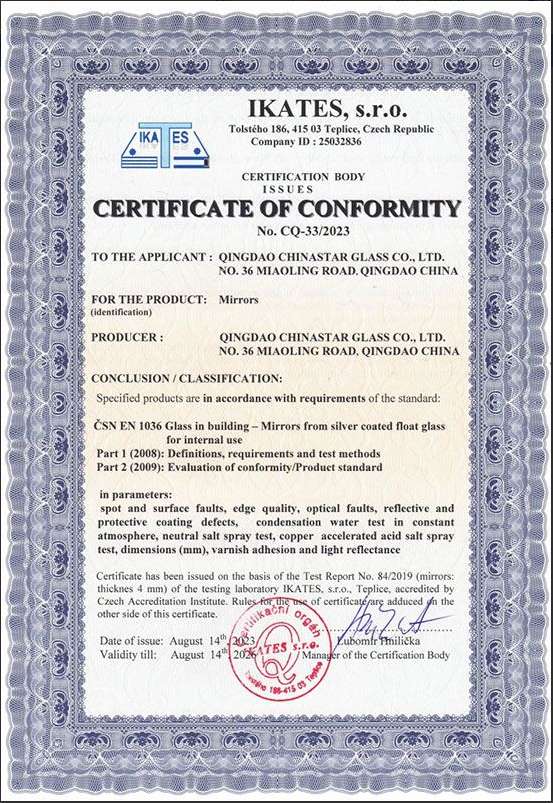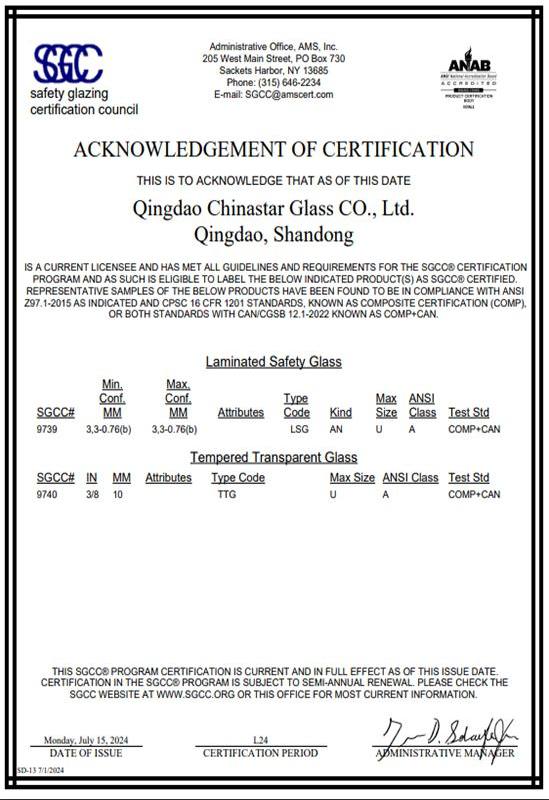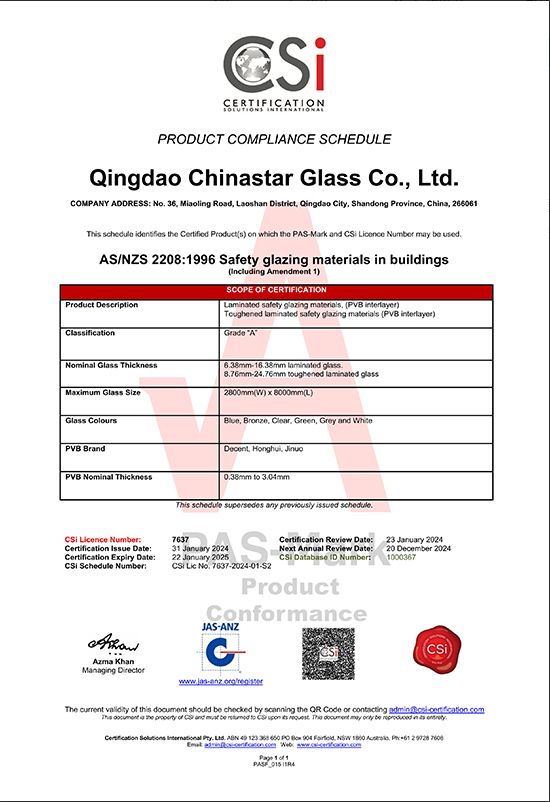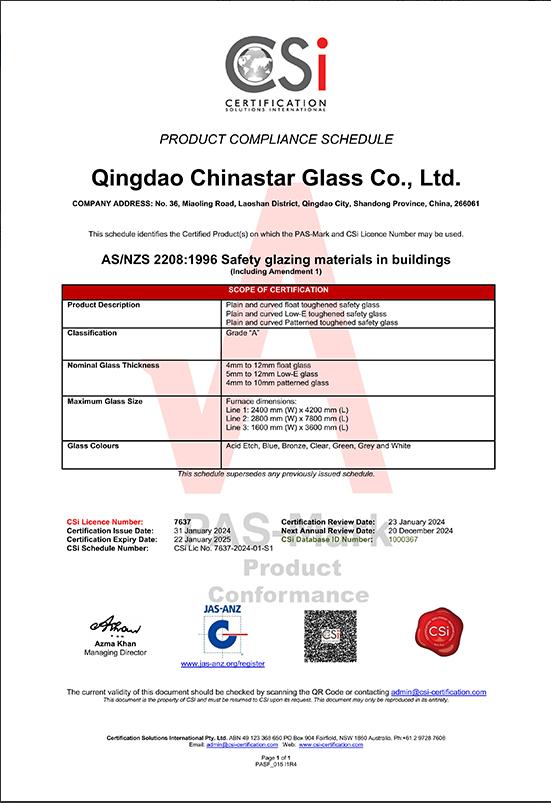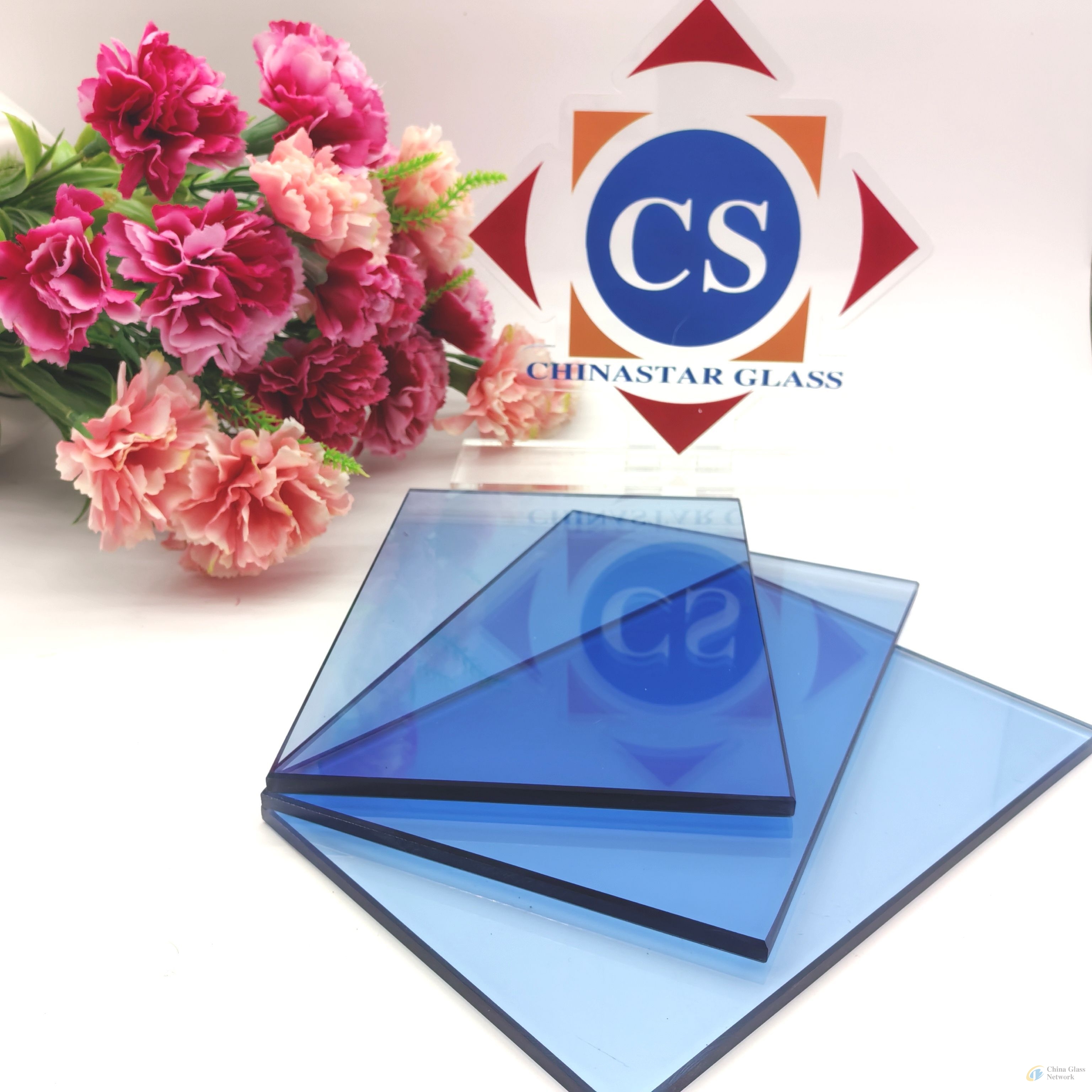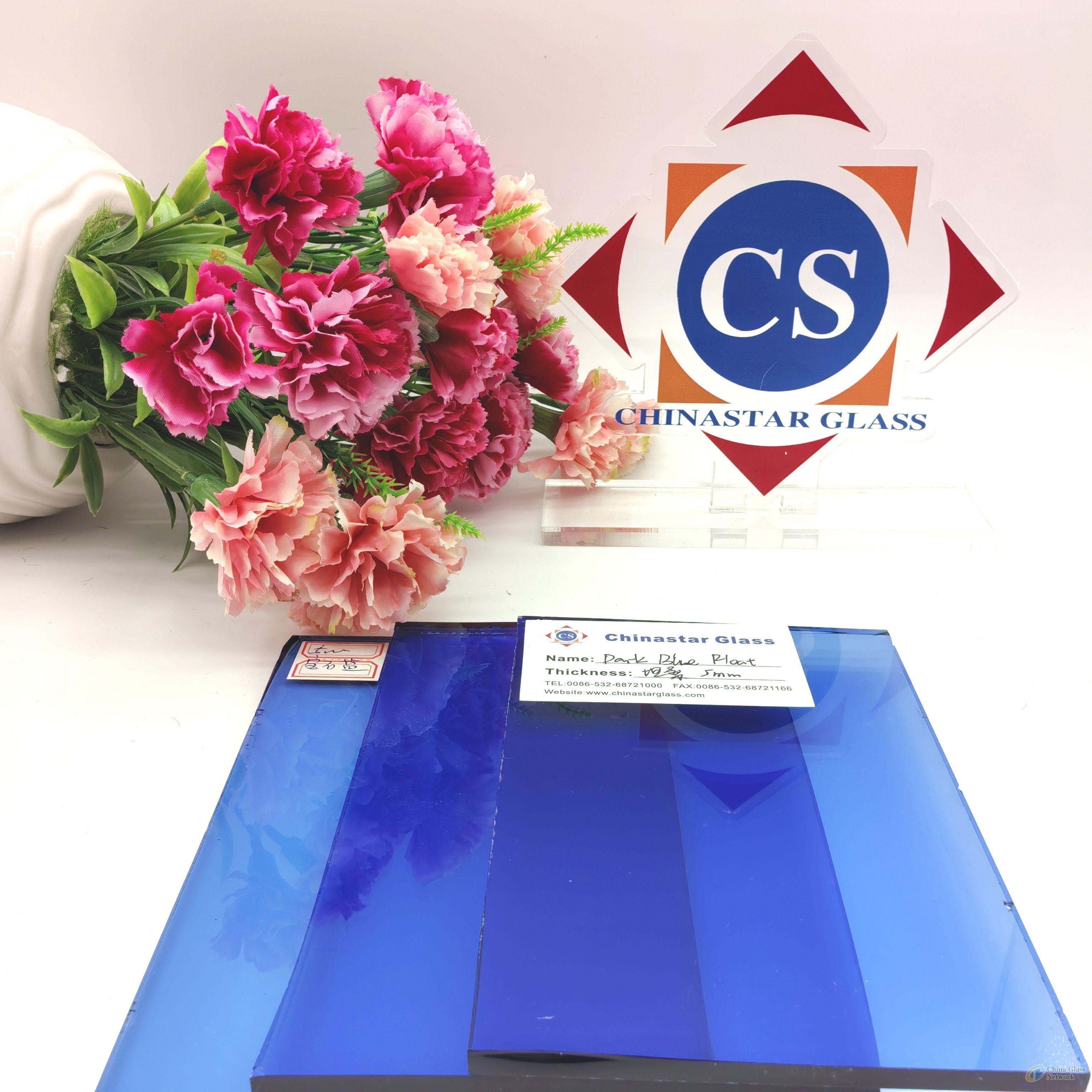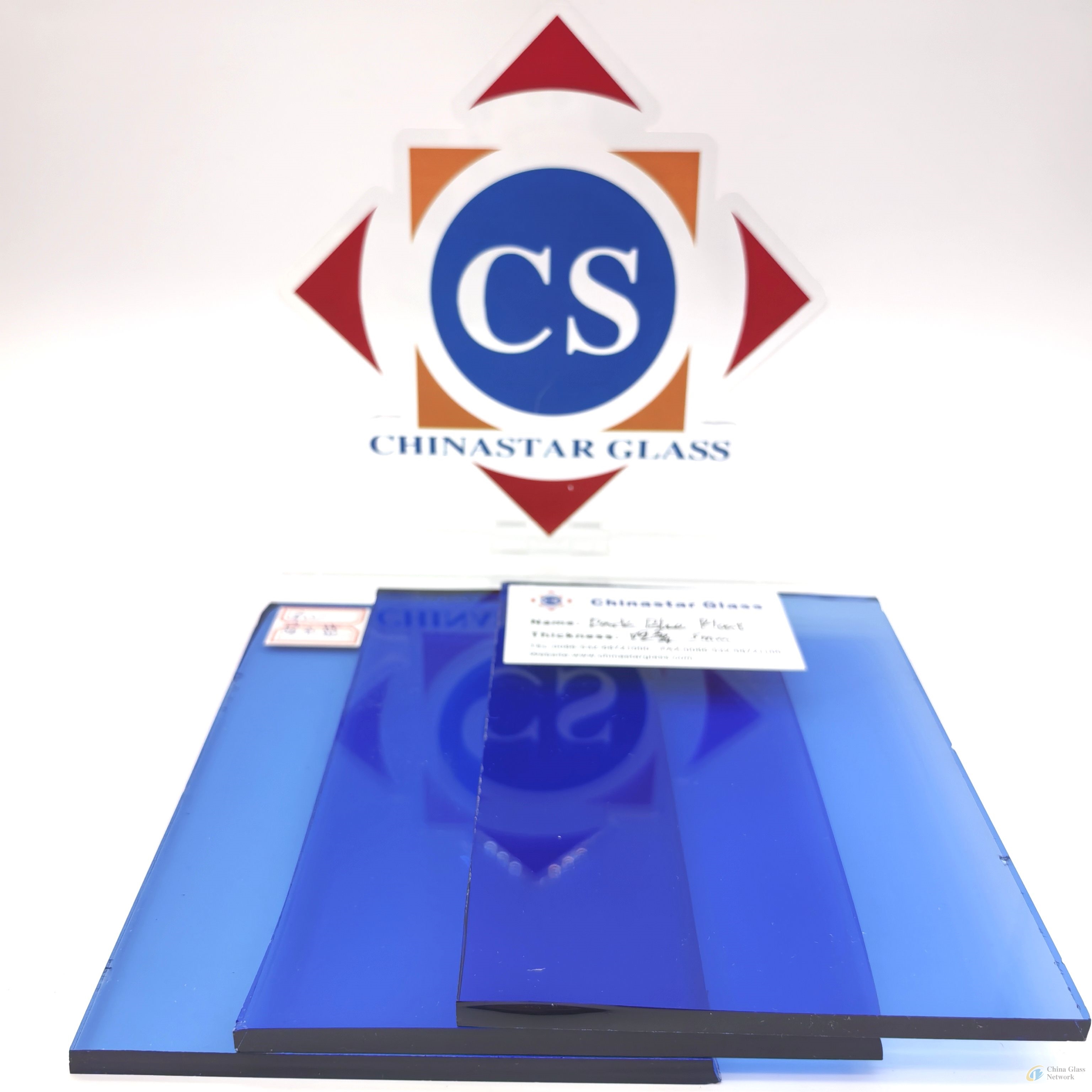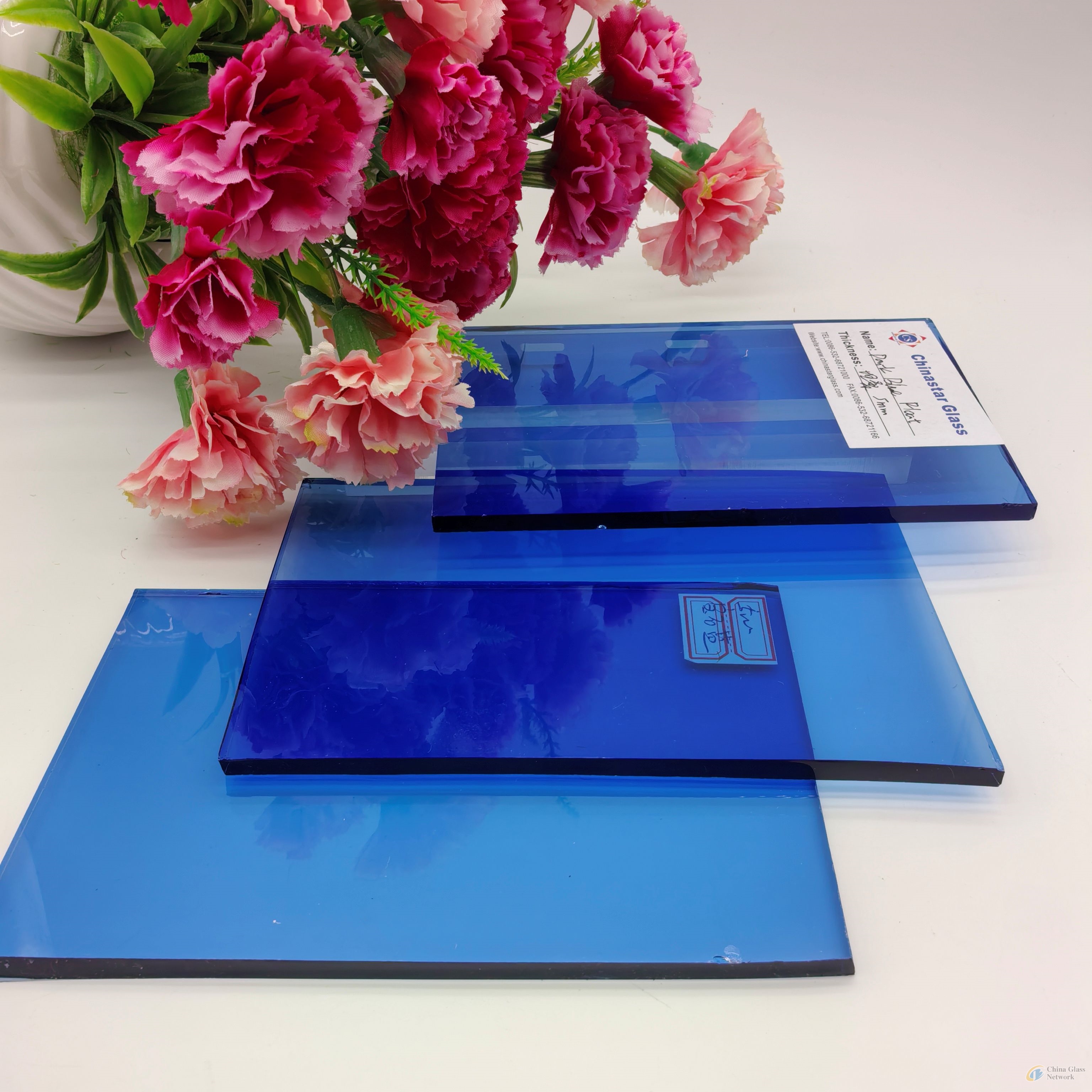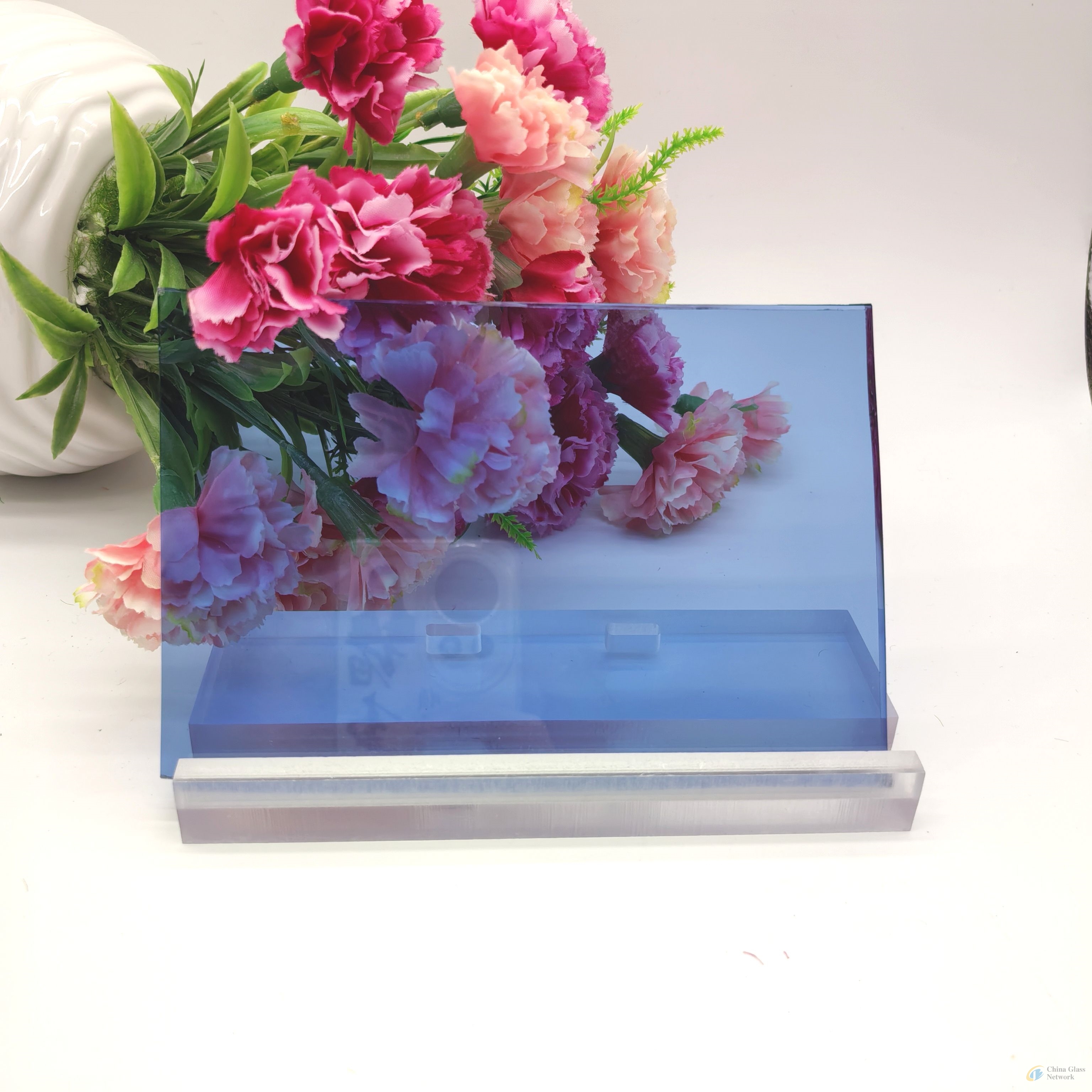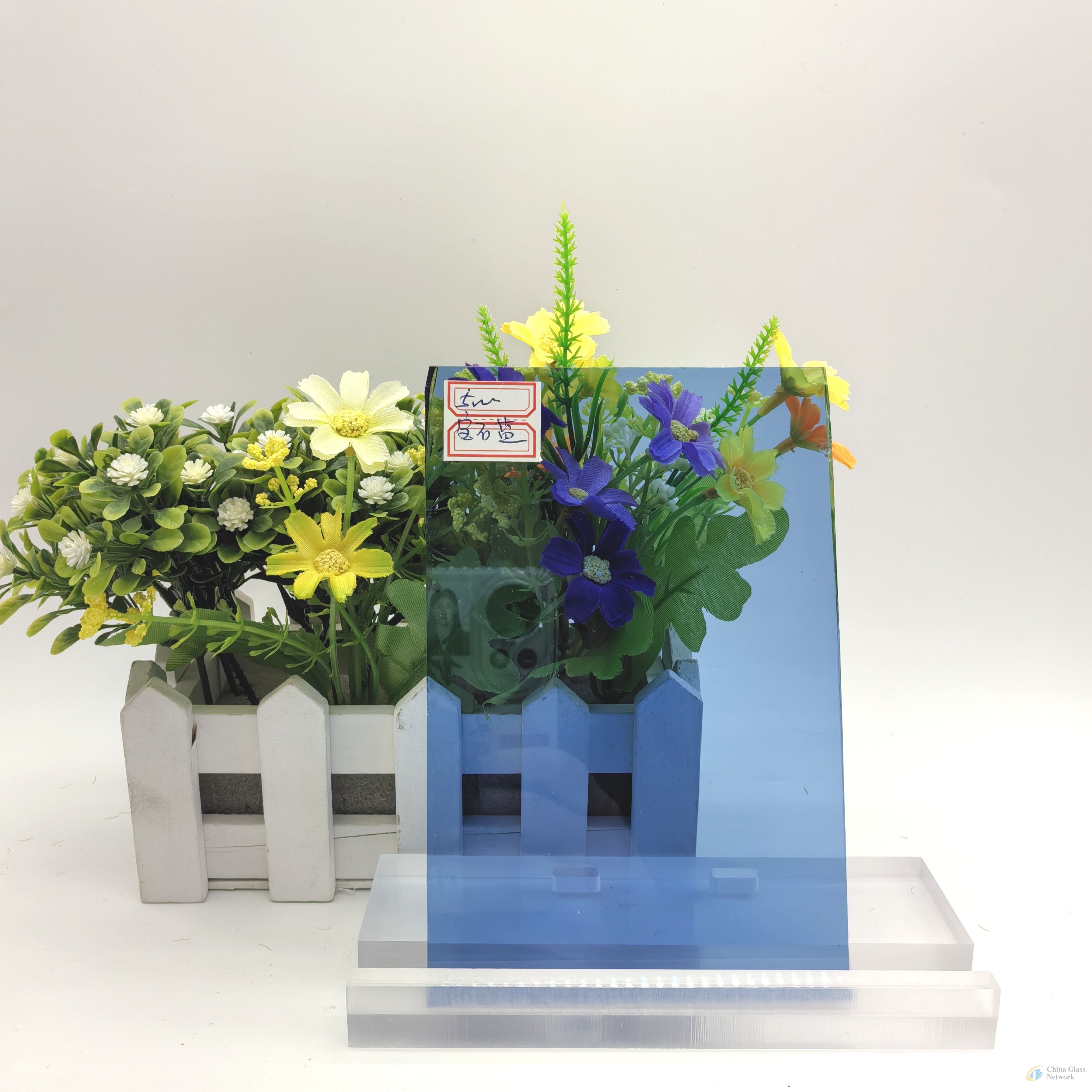Product Description
Tinted float glass is also known as heat-absorbing glass. It is produced by the body coloring process. During the melting stage, a small amount of metal oxides are added to color the usually transparent glass mixture, enhancing the glass' heat absorption capacity. The addition of color does not affect the basic properties of the glass. The color intensity increases with the increase in thickness, while the visible light transmittance decreases with the increase in thickness.
Tinted float glass reduces the direct transmission ratio of sunlight and can effectively absorb solar radiation heat. It has the characteristics of low ultraviolet transmittance and good shading effect, playing a certain role in energy conservation. Due to its brilliant and colorful colors, it also has a good decorative effect, giving modern buildings a pleasant decorative function.
Detailed Photos
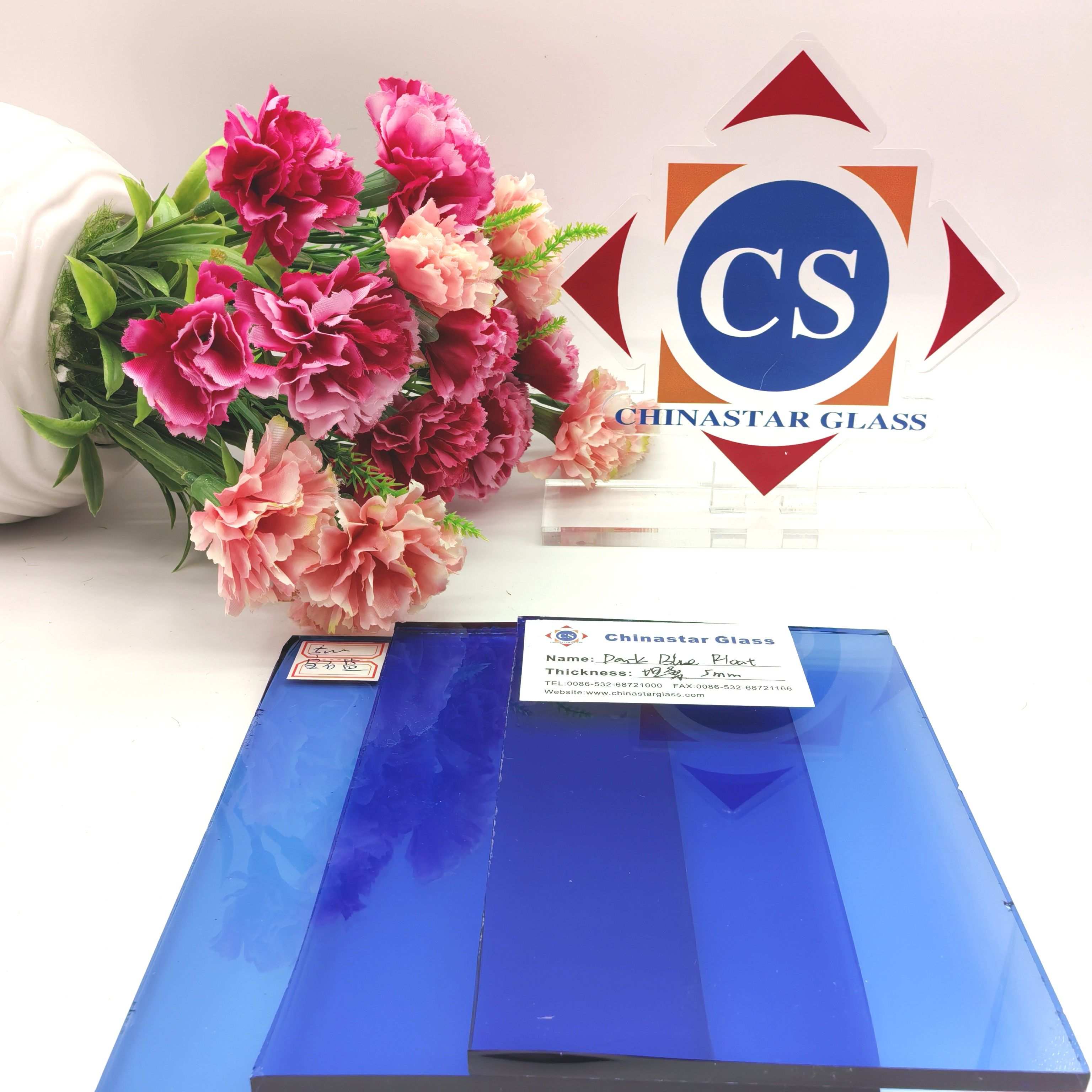
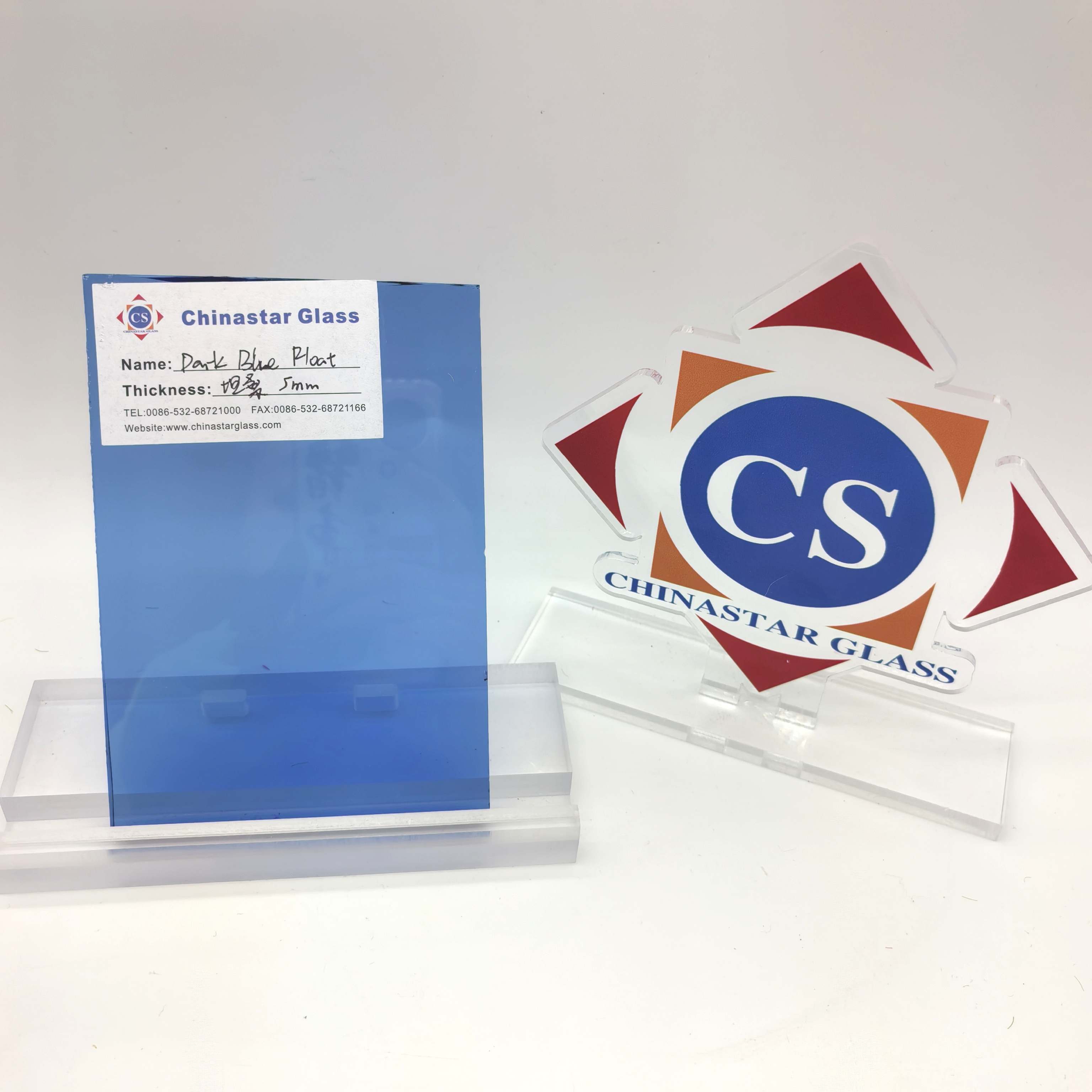
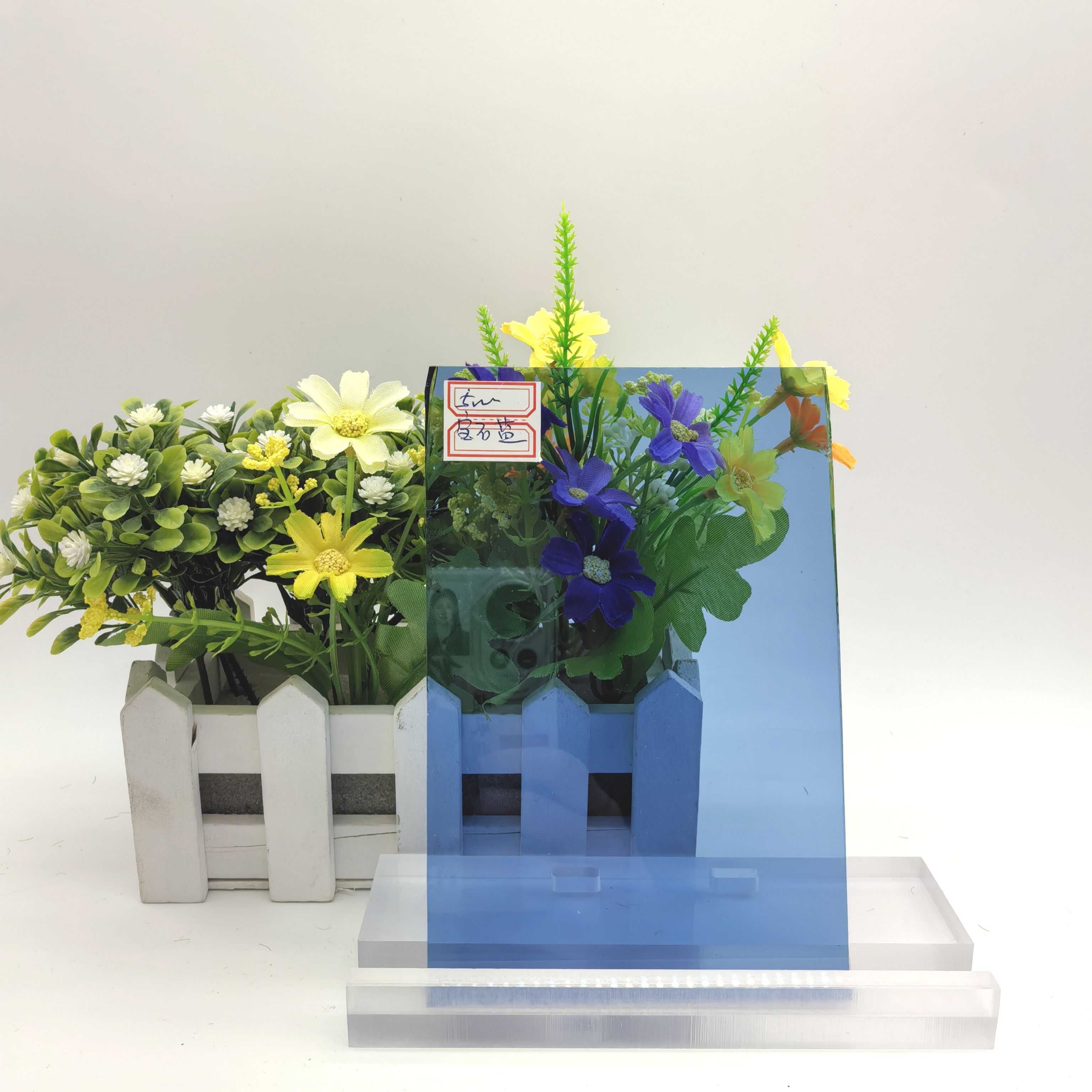
Product Parameters
| Thickness | 3mm,4mm,5mm,5.5mm,6mm,8mm,10mm,12mm |
| Size | 2140*1830mm,2200*1600mm,2200*1650mm,2250*1650mm,2440*1830mm,3300*2140mm,3300*2250mm, 3300*2440mm,3660*2140mm, 3660*2250mm,3660*2440mm etc. |
Company Profile
Chinastar Glass was established in February 2003. We are one of the leading float glass manufacturers and suppliers in China, providing comprehensive glass solutions for various industries. Our expertise lies in glass research and development, manufacturing, processing, and sales. Our product portfolio covers eight major areas, including high-quality float glass, construction glass, solar photovoltaic glass, mirror glass, decorative glass, household glass, home appliance glass, and specialty glass. We also provide supporting services for industrial glass. With years of experience in key core technology research and product development, we have established a complete glass industry chain.
Our Advantages
Float glass is made by pouring molten glass made of specific proportions of quartz, soda ash, and dolomite from a furnace into a chamber containing a molten tin bed. The combination of gravity and surface tension makes the glass surface smooth. Then, through the roller conveyor, the glass is movedGo to the degradation furnace, where it is cooled and cut into transparent glass sheets with smooth, parallel surfaces and extremely low optical distortion.
Certifications
